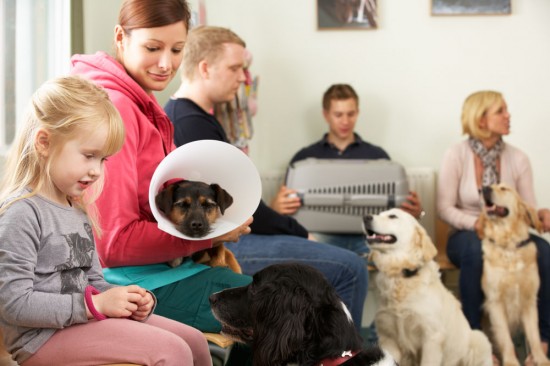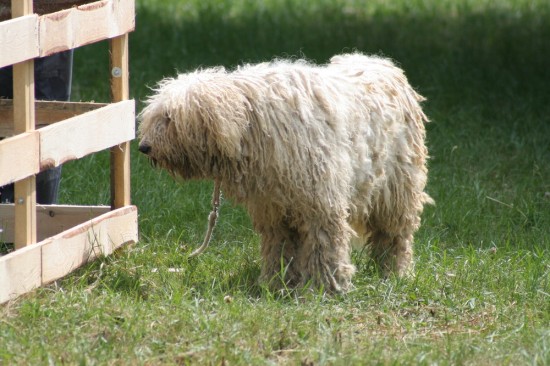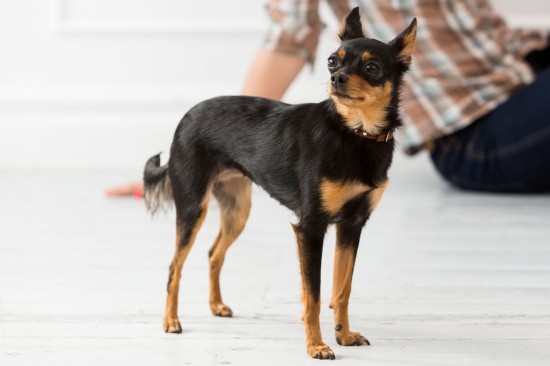
When not treated promptly and correctly, the damage caused by Lyme disease in your dog can be serious. And so, when you suspect that your dog has Lyme disease, you need to immediately follow these steps in order to help it.
To do your part, in the first place, you need to be aware of what signs you need to be looking out for. The most common early signs can be sore legs of your pet. There can also be swelling of the lymph nodes and there can also be raised temperature.
Restlessness or, the opposite, lack of energy can be signs that indicate your dog is feeling something abnormal. It can be nothing and a simple ache. But, it can also be something serious and needs immediate attention.
The first thing that you need to do is to seek the help of a veterinarian. Your pet's doctor will be able to rule out or confirm the presence of Lyme disease in your pet. First, blood tests will be ordered. This will help determine if your pet has Lyme disease or another condition. This is important as your pet might have conditions involving its leg or joint.
Physical assessment will also be performed. Your pet will be inspected for wounds and other lesions on its skin. Furthermore, there will be a need to palpate its trunk and extremities. Thorough inspection will help to ensure that the correct diagnosis is made.
Proper management techniques will be employed if the condition is confirmed before taking active measures to control or help your pet.
And when it is established that your pet has the condition, you need to become aware of the things that will be done to your pet to help manage its condition.
Usually, your doctor will prescribe antibiotic medications. This can be so that no more complications will occur on your compromised pet. It can be expected that your pet will recover once treatment is starting to work. Follow recommendations regarding the length of treatment and the frequency. It is important that you follow instructions regarding routes of administration and dosages of medications to be given, if there are any.
Follow-up checkups will be scheduled to determine if your pet is responding to the treatment as planned. As the owner, it will be your responsibility to observe your pet for its reaction to the treatment measures used. If you see something which you feel is not supposed to be, talk to your veterinarian. Actually, before you can go home with your pet, it will be better if you can be aware of what signs to look out for and what will be the expected positive response by your pet.
In order to prevent the recurrence of this infection, you need to keep your pet clean and healthy. It can involve your pet's diet and the maintenance of good hygiene. Give healthy dog food. Also, regular bathing and grooming will help you make sure that its coat and skin remain healthy.
Jerri Nice D. Torres enjoys writing for Petflow which sells dog food by Blue Buffalo and fromm dog food as well as a host of additional products.
Jerri Nice D. Torres enjoys writing for Petflow which sells dog food by Blue Buffalo and fromm dog food as well as a host of additional products. http://www.petflow.com/explorer/brand/blue-buffalo http://www.petflow.com/explorer/brand/fromm
 Evaluating Your Veterinary Surgeon
Evaluating Your V
Evaluating Your Veterinary Surgeon
Evaluating Your V
 Picking The Right Pet For You - How Much Care Do Different Animals Need?
Picking The Right
Picking The Right Pet For You - How Much Care Do Different Animals Need?
Picking The Right
 The Amazing Komondor Dog - Hungarian Sheepdog
The Amazing Komon
The Amazing Komondor Dog - Hungarian Sheepdog
The Amazing Komon
 Large Munsterlander Dog Hereditary Health And Longevity
Large Munsterland
Large Munsterlander Dog Hereditary Health And Longevity
Large Munsterland
 Keeping Dogs In Apartments
Keeping Dogs In A
Keeping Dogs In Apartments
Keeping Dogs In A
Copyright © 2005-2016 Pet Information All Rights Reserved
Contact us: www162date@outlook.com